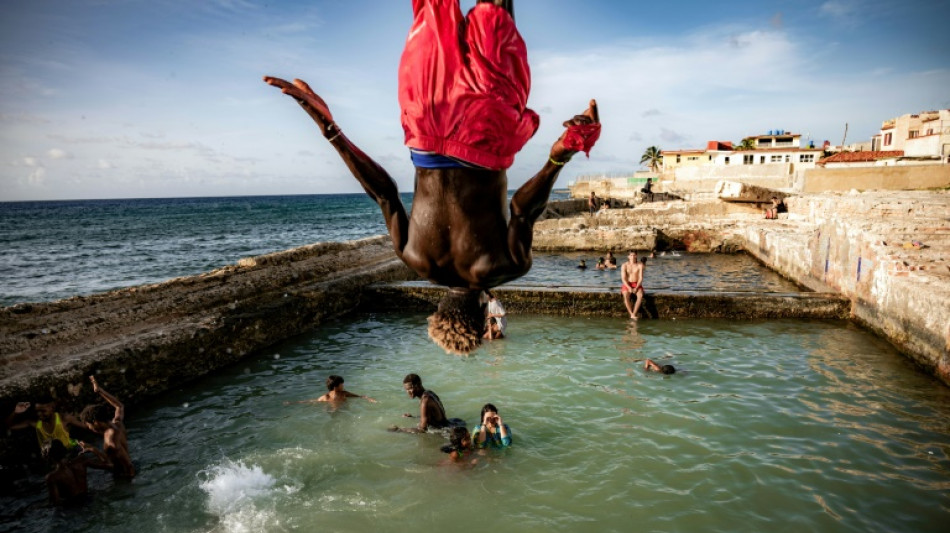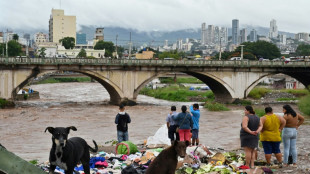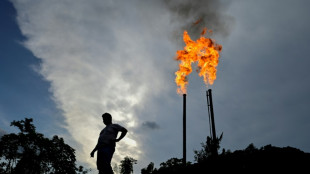

A second life for Cuba's seaside swimming pools
When summer temperatures start to sizzle in Havana, in-the-know locals head not to the beach but to seaside pools built by wealthy Cuban families in the first half of the last century.
Now abandoned and filled with seawater, the pools that survived the 1959 revolution are in the western Havana neighborhood of Miramar that flourished in the 1940s and 1950s with lavish mansions and luxury hotels.
"These swimming pools are a tradition. From generation to generation, we come here," said Boris Baltrons, 44, accompanied by his daughter, sister and nephew.
"These houses belonged to rich people. At the time, everyone had their own little pool," he explained, pointing to traces of Spanish tiles that originally lined the walls.
Known only to locals, the pools are at the end of a rubbish-strewn walk. Swimmers sometimes share the pools with fish, crabs and even small octopuses.
"It's not a beach like Varadero, but children can have fun here," said Alberto, a 38-year-old scientist, referring to the seaside resort east of the capital.
He came on foot with his family, before sunset, to take a dip in one of the open-air swimming pools.
Havana's closest sandy beaches are about a 20-minute drive away, a luxury not everyone can afford on the Communist island where fuel shortages are common.
Many of Cuba's swimming pools that require fresh water have fallen into oblivion, including ones built within sports facilities during the first decades of the revolution.
These days they are used by skateboarders, graffiti artists, videographers and children playing soccer.
One of Cuba's most famous pools is the "Giant Pool" -- measuring 5,000 square meters (54,000 square feet) -- inaugurated by Fidel Castro in the 1970s in Alamar, a Soviet-influenced housing complex in Havana.
Today, the island's lush vegetation has begun to devour parts of this vast slab of blue concrete, now deserted.
A.White--MC-UK




